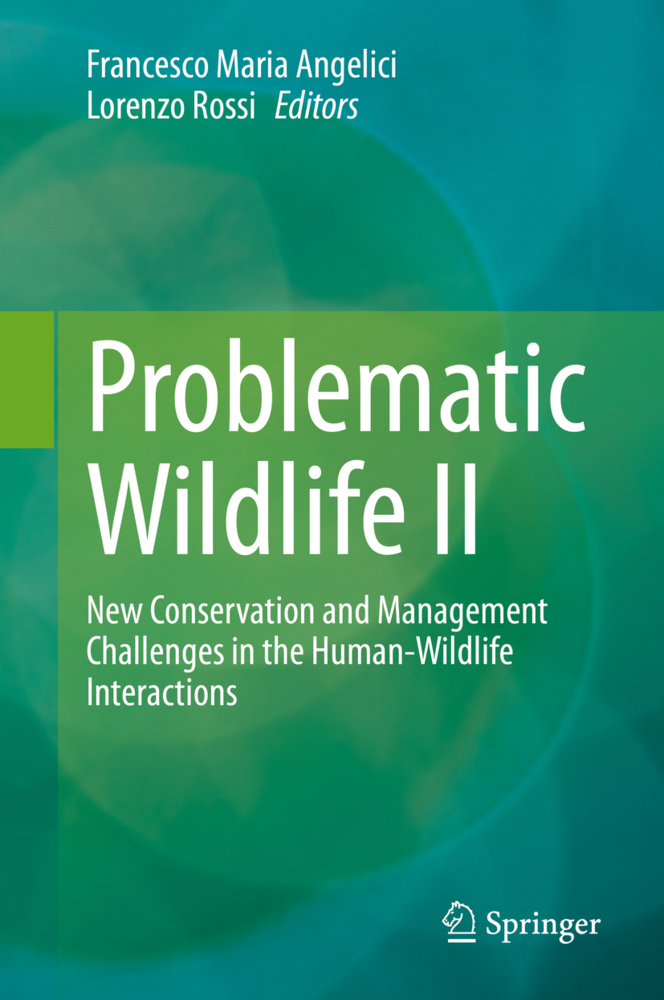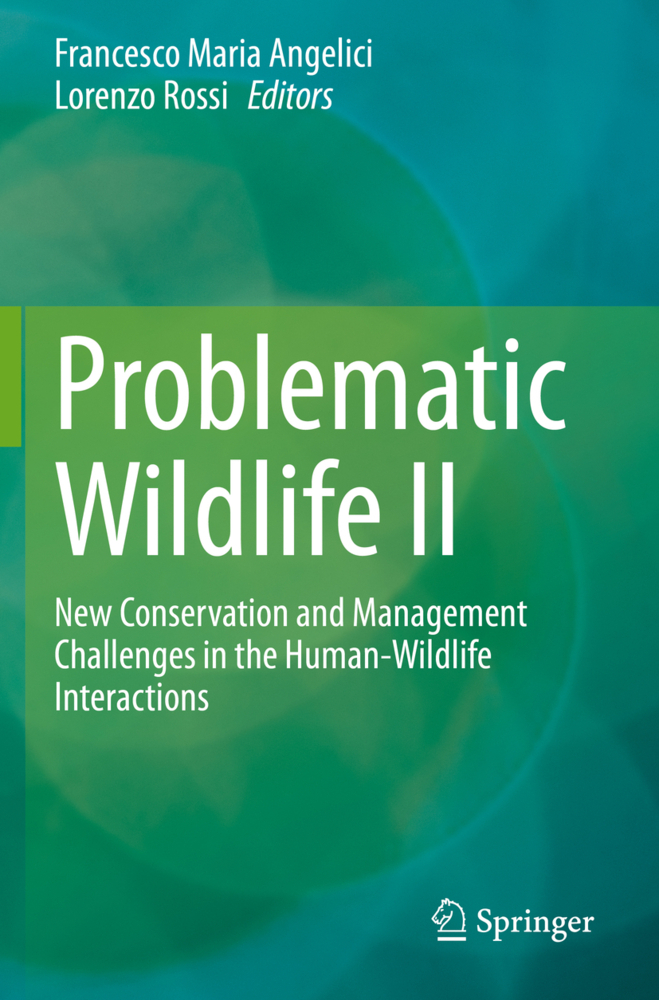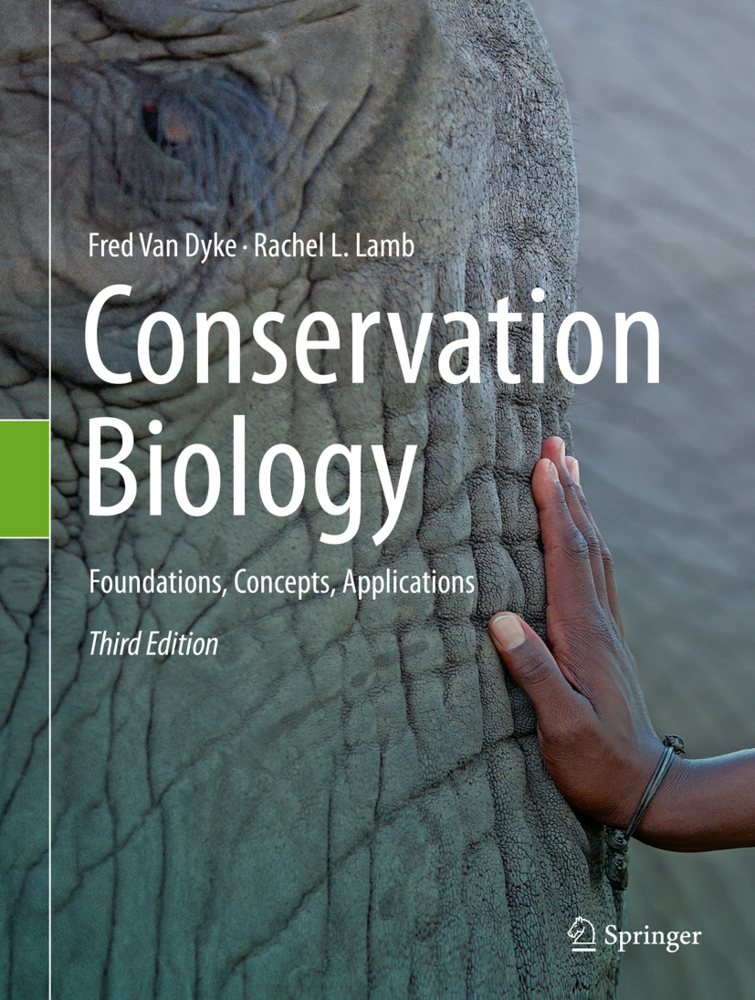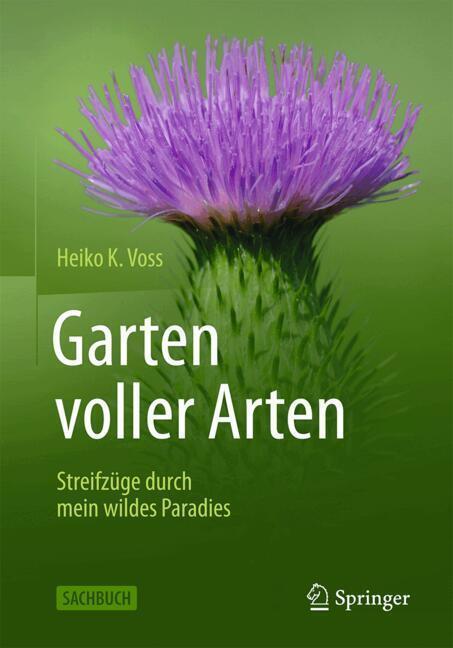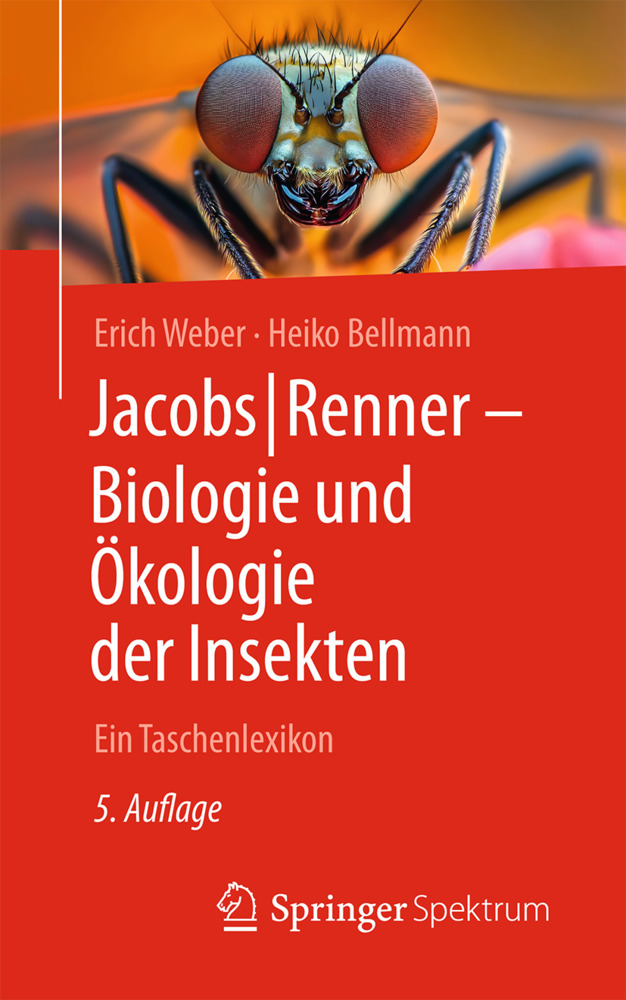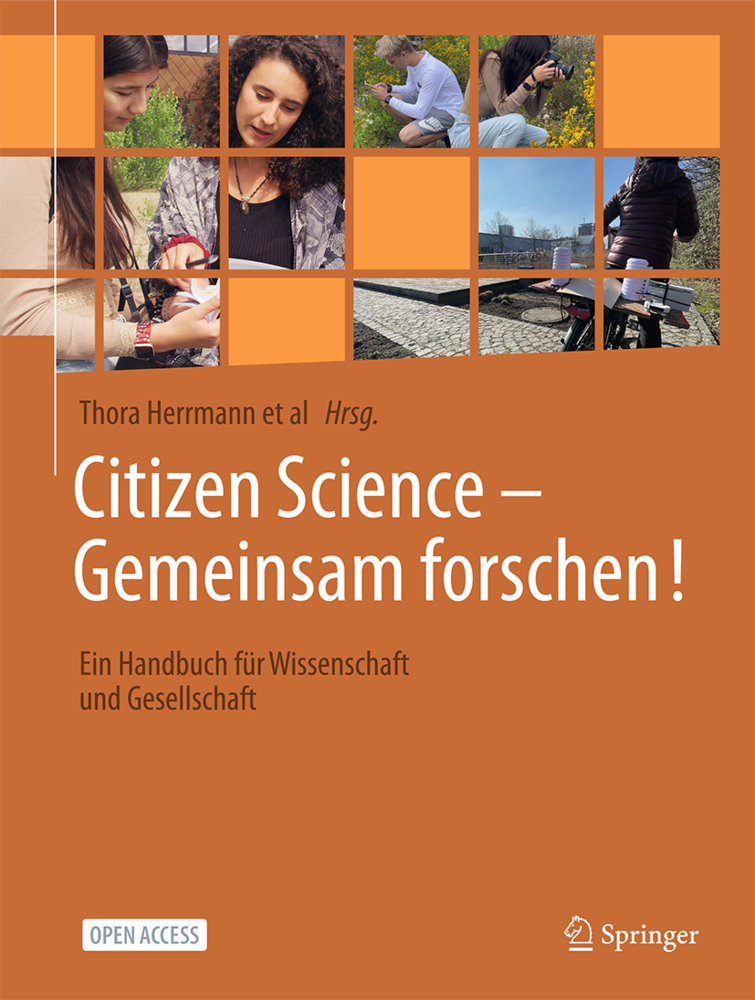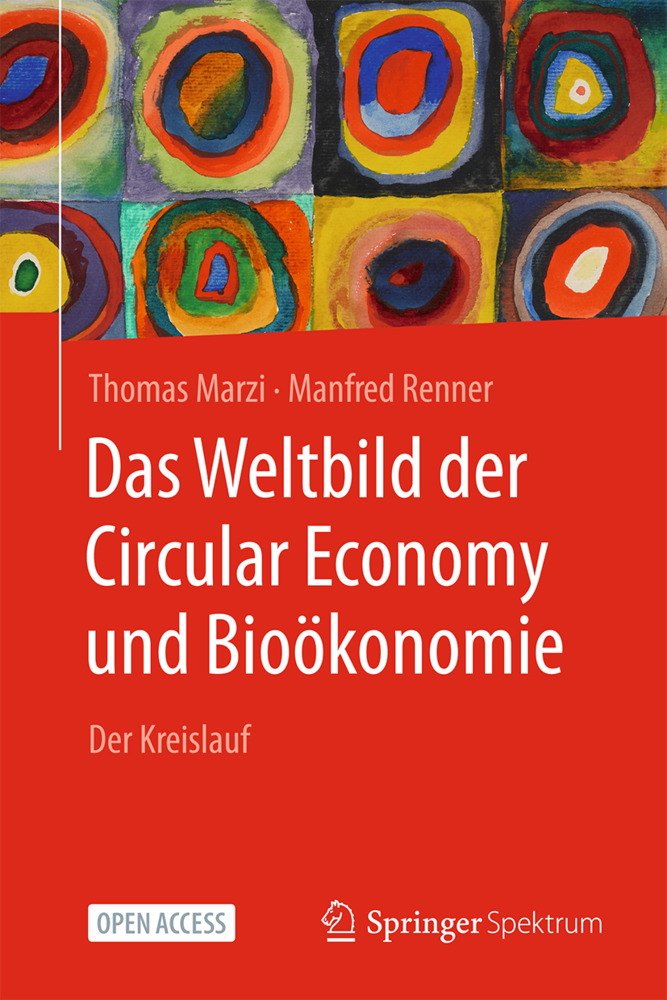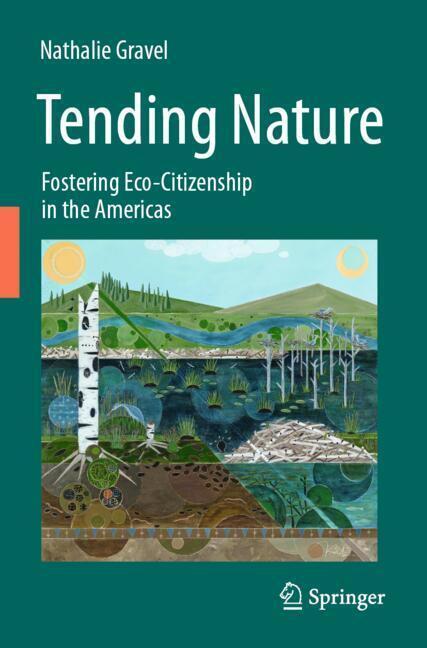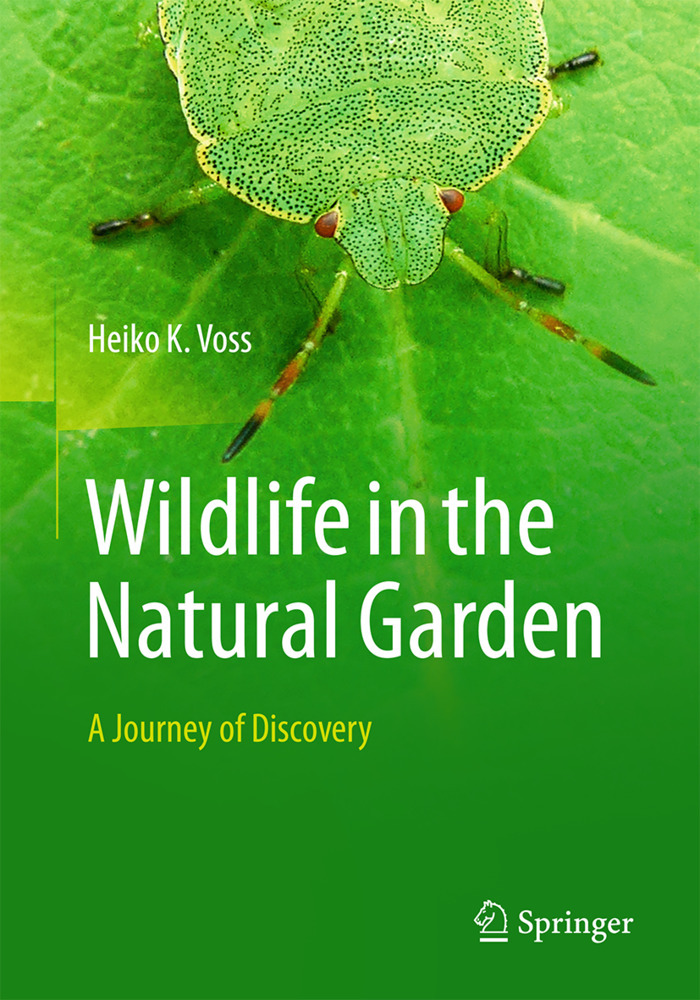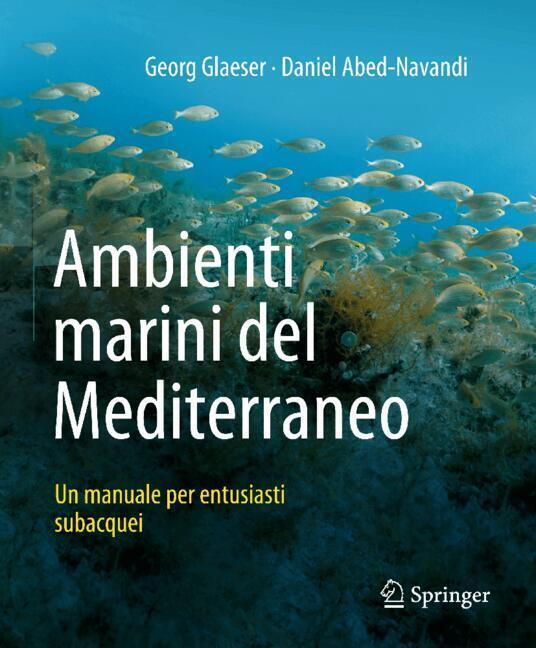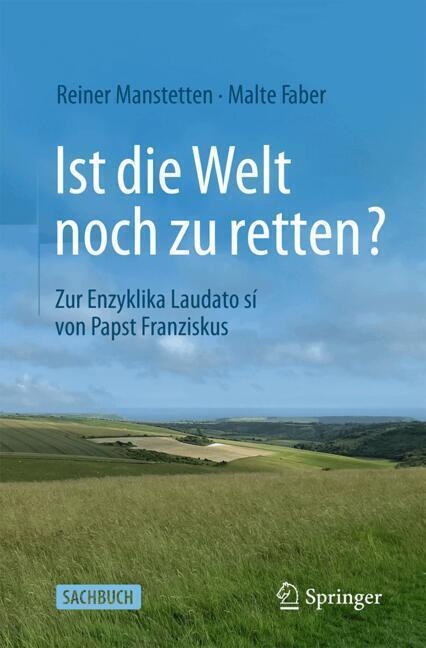Problematic Wildlife II
Problematic Wildlife II
In a world where habitats are constantly changing and the impact of anthropization on the environment is increasingly intense, interactions between human and wildlife are becoming more and more complex. Some species pose problems for human activities while many others need to be helped in order to continue to exist.
This book follows the first volume called 'Problematic Wildlife', edited by F.M. Angelici and published by Springer in 2016, which has had considerable success with readers and critics.
The volume includes 21 chapters divided into 7 parts devoted specific topics which are approached in a multidisciplinary way. There are both review chapters and specific cases, always bearing in mind the interest for an international audience.
Its ultimate goal is to offer scientific and pragmatic approaches to manage each categories of problematic species.
Preface
Part 1. Introduction to 'Problematic Wildlife II'. Problematic species are increasing, in a world that is constantly changingChapter 1. The need and relevance of the book. Problematic Wildlife and the Modern World
Part 2. From direct danger to humans to negative impact on human activities
Chapter 2. Large Felid Predators and 'Man-eaters': Can we successfully balance conservation of endangered apex predators with the safety and needs of rapidly expanding human populations?
Chapter 3. A large carnivore among people and livestock: the common leopard
Chapter 4. Recent changes in wolf habitat occupancy and feeding habits in Italy: implications for conservation and reducing conflict with humans
Part 3. Urban wildlife conflicts are an emerging problem
Chapter 5. 'Good' and 'bad' urban wildlife
Chapter 6. Wildlife and traffic - an inevitable but not unsolvable problem?
Chapter 7. The colonization of the Western Yellow-legged Gull (Larus michahellis) in an Italian city: evolution and management of the phenomenon
Part 4. Hunting and eco-tourism: possible mechanisms for conservation and coexistence?
Chapter 8. How hunting and wildlife conservation can coexist. Review and case studies
Chapter 9. What do we know about wild boar in Iberia?
Chapter 10. Travelling in a fragile world: The value of Ecotourism
Part 5. Species extinction
Chapter 11. Assessing presence, decline and extinction for the conservation of difficult-to-observe species
Chapter 12. Extinct or perhaps surviving relict populations of big cats. Their controversial stories and implications for conservation
Part 6. Zoos, Conservation, Animal Rights
Chapter 13. Alternative facts and alternative views: Scientists, managers, and animal rights activists
Chapter 14. Zoos and conservation in the Anthropocene: opportunities and problems
Chapter 15. Problematic Animals in the Zoo: the issue of charismatic megafauna
Chapter 16. Cryptic problematic species and troublesome taxonomists: A tale of the Apennine bear and the Nile white rhinoceros
Chapter 17. Communication and wildlife conservation (grey wolf and brown bear in Italy)
Part 7. Humans and Herpetofauna
Chapter 18. Snakes, snakebites, and humans
Chapter 19. Giant Snake-Human Relationships
Chapter 20. Risk assessment model for brown treesnake introduction into the continental United States
Chapter 21. The Asian toad (Duttaphrynus melanostictus) in Madagascar: A report of an ongoing invasion
Index.
Angelici, Francesco Maria
Rossi, Lorenzo
| ISBN | 978-3-030-42334-6 |
|---|---|
| Artikelnummer | 9783030423346 |
| Medientyp | Buch |
| Copyrightjahr | 2020 |
| Verlag | Springer, Berlin |
| Umfang | XIV, 649 Seiten |
| Abbildungen | XIV, 649 p. 106 illus., 78 illus. in color. |
| Sprache | Englisch |

